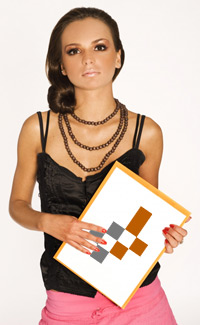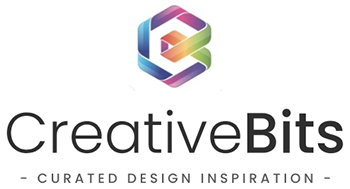
You’ve worked hard on this presentation. You gave up your workout and a date to put in the extra hours. You stayed late night to perfect the keynote slide show. All the boards are mounted and the rationale has been proof read. This presentation is a stepping stone for a bigger deal. The only question on your mind is: what to wear for it?
You may think only your work is important, not your appearance, but you would be wrong. Your work and the way of presenting it are of equal importance.
Your attire is what client sees first when you enter the conference room. The client forms an instant opinion about you and unconsciously makes assumptions about the quality of your work. Graphic design is a very subjective product. If the preconceived idea about your performance is good, it is likely that your work will be judged as good too. However, negative preconception will work against you.
Now that we established the importance of your look, let’s see what’s the best thing to wear for a presentation. Here are a couple of important considerations:
 Your clothes should make a good first impression. It should reflect that you’re an artist who has good taste and has style. There are many ways to achieve this. You can adapt a certain look that shows you’re an artist, but be careful not to make a clown of yourself. All black is not necessarily good. It can be pretentious and boring. While first impression is essential, you need to make sure your attire is functional as well.
Your clothes should make a good first impression. It should reflect that you’re an artist who has good taste and has style. There are many ways to achieve this. You can adapt a certain look that shows you’re an artist, but be careful not to make a clown of yourself. All black is not necessarily good. It can be pretentious and boring. While first impression is essential, you need to make sure your attire is functional as well.
Your clothes should serve as a background to your presentation. When you hold the presentation boards and explain the idea, the client will look at you and the work simultaneously. Even the most professional and rational client will be influenced by your look. Make sure the style and colors of your clothes do not clash with your design. Imagine presenting a conservative grey logo to a bank in a flower power shirt. Think of your work as a painting and yourself as the frame. Usually less saturated colors are better, but not necessarily.

Dress comfortably. You’re there to do a job. To set up the presentation, show boards, act out a character, sing a jingle, etc. You don’t want to be sweating in a long sleeve shirt and a suffocating tie. You don’t want to trip over your hanging garments. The place of the presentation may be over chilled by the air conditioner or be in direct sunlight. Make sure you can take off or put on clothes depending on the temperature. Discomfort will reflect on your mood and consecutively on your presentation.
 Girls, no low-cut dresses. Men will have hard time concentrating on your work.
Girls, no low-cut dresses. Men will have hard time concentrating on your work.
Do not wear a headscarf, hat or sunglasses. They may be cool, but they give the impression of hiding. Take off your jacket if appropriate. Be open to the client. He’s is your friend and partner.
Do not wear high-heels or cowboy boots that make a loud tapping sound as you walk around. You don’t want to sound funny as you walk back and forth in the otherwise silent meeting room.
What you wear should depend on the client’s company culture and client’s own personality too. If you’re meeting bankers, you should wear more conservative clothes. If you’re presenting to the marketing manager of Red Bull you can go much wilder.
Much depends on the type of work you’re showing as well. For a more strategic presentation you may want to be more conservative as you’re going to be talking in more generic terms. If you’re presenting creative for a specific summer promotion, the flower power shirt may just be allowed.
Try to represent the tonality of the brand with your attire. Your gear should hint at your knowledge of the brand’s target. You should look like as if you live the client’s brand.
Consider brand loyalty. You don’t go into a Reebok presentation in a pair or Nikes.

Finally, do not out dress your client. Do not put on your most expensive jewelry or your most elegant Armani suit. You should communicate with the clients at their terms. While showing off may work in short term, subconsciously the client may feel inferior around you, which can turn into a conscious decision not to work with you.
As a rule of thumb, I suggest wearing smart casual with a slight artistic cut and one highly attractive accessory. I have the best first impression for creatives wearing a semi formal suit topped up with some funky hair.
Thanks to our member Kilik for the post idea and stockxpert for the images.
